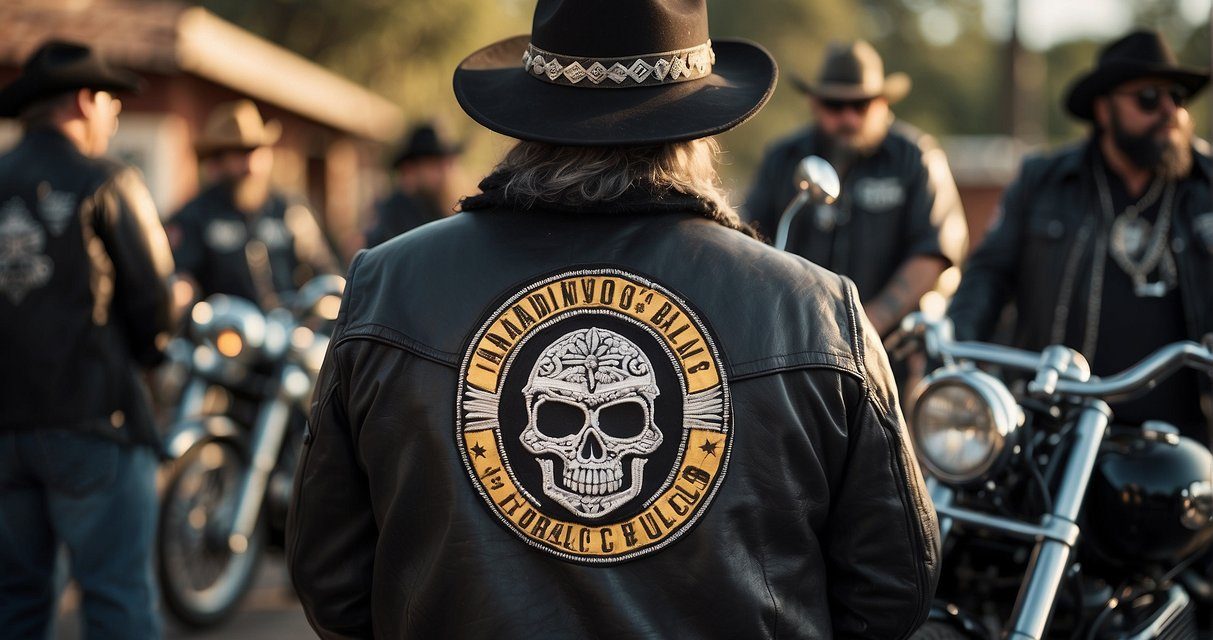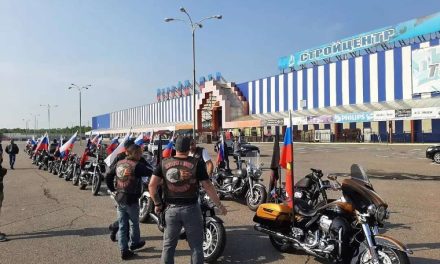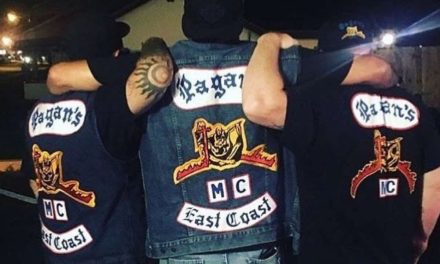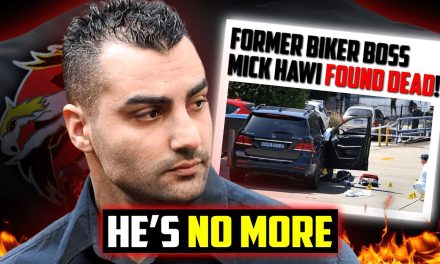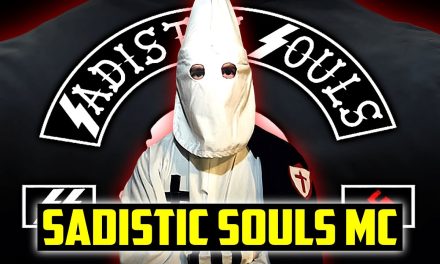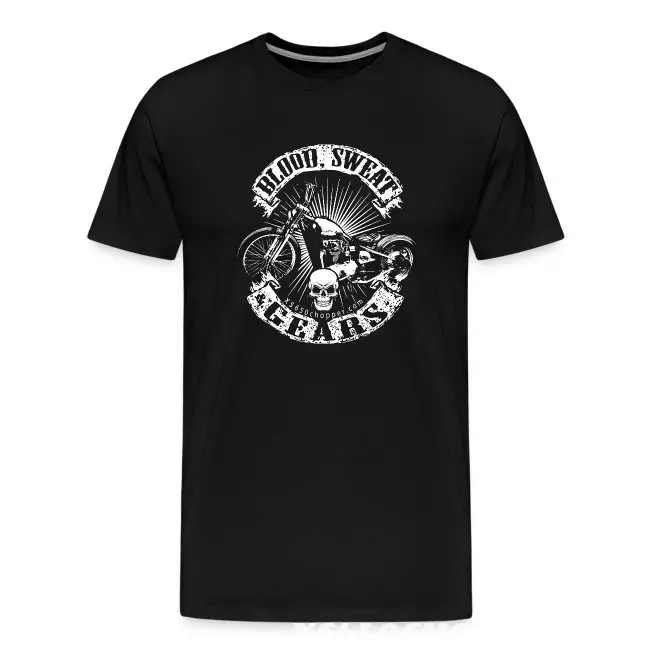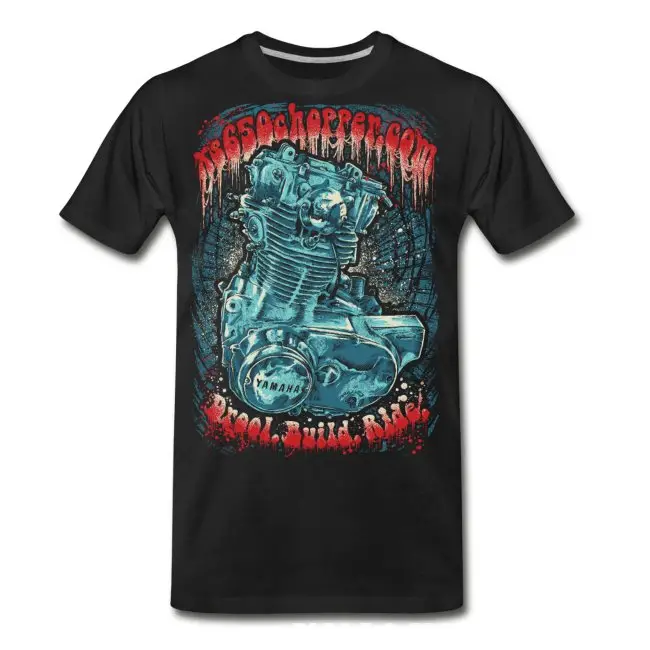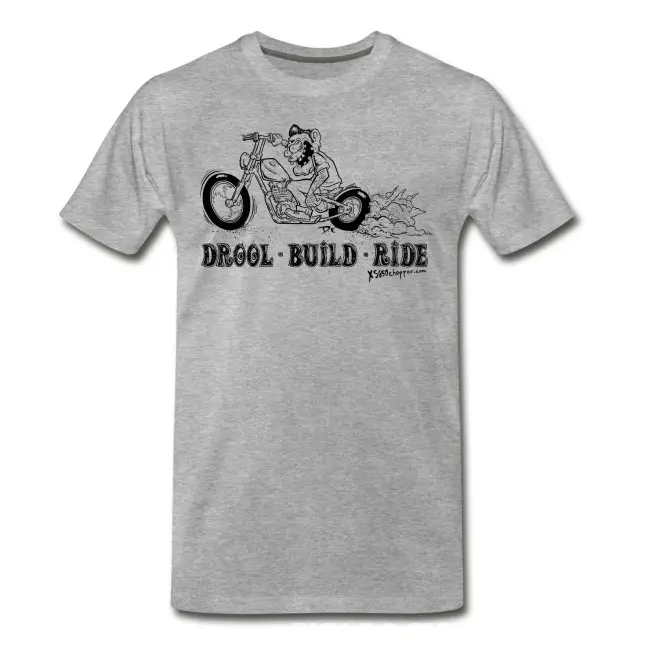You might have seen their unmistakable patches on the highways, or perhaps you’ve heard about their notorious reputation through the grapevine. The Bandidos Motorcycle Club has been a formidable presence in the world of motorcycle clubs for decades. With their origins deep in the heart of Texas, they’ve grown from a small group of biking enthusiasts into an international organization that commands both respect and scrutiny.
As with any organization that operates on the fringes of society, there’s a multifaceted story to tell. The Bandidos MC, like many other motorcycle clubs, have a set of values and codes they live by. From their support clubs scattered around the globe, helping to propel their influence, to their protective nature over their own and their fervent support of certain rights — every chapter of their history contributes to the legend they are today. Here are 7 things to know:
1. Founded in Texas
The Bandidos Motorcycle Club was founded in 1966 in San Leon, Texas. The man behind their establishment was Donald Chambers, an ex-Marine and Vietnam veteran. Under his leadership, the club adopted the red and gold colors, which are still synonymous with the Bandidos today.
In its early days, the club’s membership was mainly composed of individuals with a passion for motorcycles and an inclination towards a non-conformist lifestyle.
| Year | Event |
|---|---|
| 1966 | Club Founded by Donald Chambers |
| 1970s | Expansion into international territories |
| 1980s | Continual growth in membership and chapters |
The Bandidos have grown significantly over the decades. Their presence now spans over 22 countries with a membership that reaches into the thousands.
2. Orange and Yellow Colors
The club’s colors are distinctive and hold significance within the biker community. Specifically, the Bandidos’ primary colors are orange and yellow: orange forms the border and yellow fills the central area. These hues can be seen on their patches and are a clear identifier of their affiliation.
The club’s logo is no less prominent. It features a sombrero-wearing Mexican bandit, a pistol in each hand, and is meant to symbolize the club’s rebellious spirit. Members display this emblem on their vests as a sign of loyalty and brotherhood.
It’s not just full members who bear these symbols. Support clubs wear similar, albeit mirrored, colors to show their backing of the Bandidos.
3. Membership and Hierarchy
When you consider joining the Bandidos Motorcycle Club, you’re looking at a well-structured organization. Just like any large group, there’s a clear chain of command and a process you need to go through to become a part of it.
Prospective Members:
To start, you must meet basic entry criteria. You have to be at least 18, possess a valid driver’s license, and be a man. Women cannot become full members.
Probationary Period:
Once you’re considered a prospect, you will undergo a probationary period. This is a time for you to prove yourself to the club’s existing members and demonstrate your loyalty.
Full Membership:
You can only become a full member after a vote by the existing membership. This indicates your acceptance into the brotherhood.
Hierarchy:
- President: The top authority in the chapter.
- Vice President: Second in command and fills in when the President is unavailable.
- Secretary-Treasurer: Keeps records and manages funds.
- Road Captain: In charge of logistics during club runs.
- Sergeants-at-Arms: Responsible for security and enforcing club rules.
The hierarchy might resemble a corporate ladder, but in the Bandidos, it’s all about brotherhood and respect. The Bandidos Motorcycle Club operates with a strict code of conduct and adherence to their hierarchy ensures order within their ranks. Remember, it’s not just about riding a motorcycle; it’s a lifestyle commitment to the club.
4. Notable Events and Media Coverage
- 2015 Waco Shootout: You might recall the intense media coverage of the shootout in Waco, Texas, involving the Bandidos and rival bike gangs. This event prompted a nationwide discussion on biker culture.
- Global Presence: The Bandidos’ expansion has been consistently covered by international outlets due to the club’s increasing chapters worldwide.
- Club Rivalries: Your interest may be piqued by stories covering the Bandidos’ long-standing feuds with other motorcycle clubs, especially the Hells Angels. These rivalries often lead to violent encounters, drawing the attention of news agencies and documentary filmmakers.
5. Criminal Activities and Legal Issues

The Bandidos Motorcycle Club has a history of criminal allegations and legal confrontations. As a classified outlaw motorcycle gang by the U.S. Department of Justice, the Bandidos are implicated in various forms of illicit activity. Here’s what you should know:
- Drug and weapons trafficking: Members have been convicted for their roles in the distribution of narcotics and illegal firearms.
- Violent crimes: This includes allegations of involvement in murder, kidnapping, and robbery.
Members have faced charges for a range of criminal activities, indicating a pattern of organized crime within some chapters of the club.
| Activity | Details |
|---|---|
| Drug Trafficking | Involvement with narcotics distribution, including heroin, cocaine, and methamphetamine. |
| Weapons Trafficking | Illegal sale and distribution of firearms. |
| Other Offenses | Including prostitution, extortion, money laundering, and theft. |
You should be aware that not all members engage in criminal acts, and these incidents involve individuals rather than the club as a whole. The Bandidos Motorcycle Club also participates in legal activities and events across the United States.
For a closer look at the incidents involving the Bandidos, you can explore the documented cases and reports on Wikipedia. Another informative read can be found in this LA Times article, detailing the concerns federal agencies have regarding motorcycle clubs like the Bandidos.
6. Community and Philanthropy

Despite their notorious reputation, you might be surprised to learn that the Bandidos Motorcycle Club participates in various charitable events and community service activities. Their involvement in philanthropy is a lesser-known aspect of the club’s activities.
- Local Charity Support: They’ve been known to engage in local charity efforts, such as organizing or participating in toy runs benefiting children during the holidays.
- Fundraising Events: The Bandidos often hold fundraising events for various causes, demonstrating a commitment to supporting those in need within their communities.
- Ride for Awareness: Members occasionally partake in motorcycle rides aimed at raising awareness and funds for medical research or people affected by natural disasters.
- Community Assistance: In times of crisis, like natural disasters, the Bandidos have provided aid and assistance, showcasing solidarity and compassion.
These activities showcase a different side of the Bandidos, offering balance to the general perception of motorcycle clubs. Their community service affirms that even groups with a tough exterior can contribute positively to society’s welfare.
Remember, every group has multiple facets, and the Bandidos Motorcycle Club is no exception when it comes to acts of goodwill within their reach.
7. Cultural Impact and Representation
The Bandidos Motorcycle Club has had a distinct presence within popular culture. Often seen clad in their recognizable patches, they embody an image that films and literature frequently draw upon. When you think about biker culture, the Bandidos are likely one of the groups that come to mind because of their worldwide recognition.
In media, the Bandidos are depicted in various ways:
- Films and TV Shows: Characters inspired by the club often portray the renegade lifestyle associated with outlaw biker gangs.
- Books and Articles: True-crime narratives and investigative journalism have explored the club’s history and subculture.
Despite their notoriety, the Bandidos Motorcycle Club’s influence isn’t limited to entertainment. They’ve left a mark on the fabric of certain communities, where their presence is intertwined with local identities.
cultural representation is complex and multifaceted, reflecting both the intrigue and controversy that follow them.

